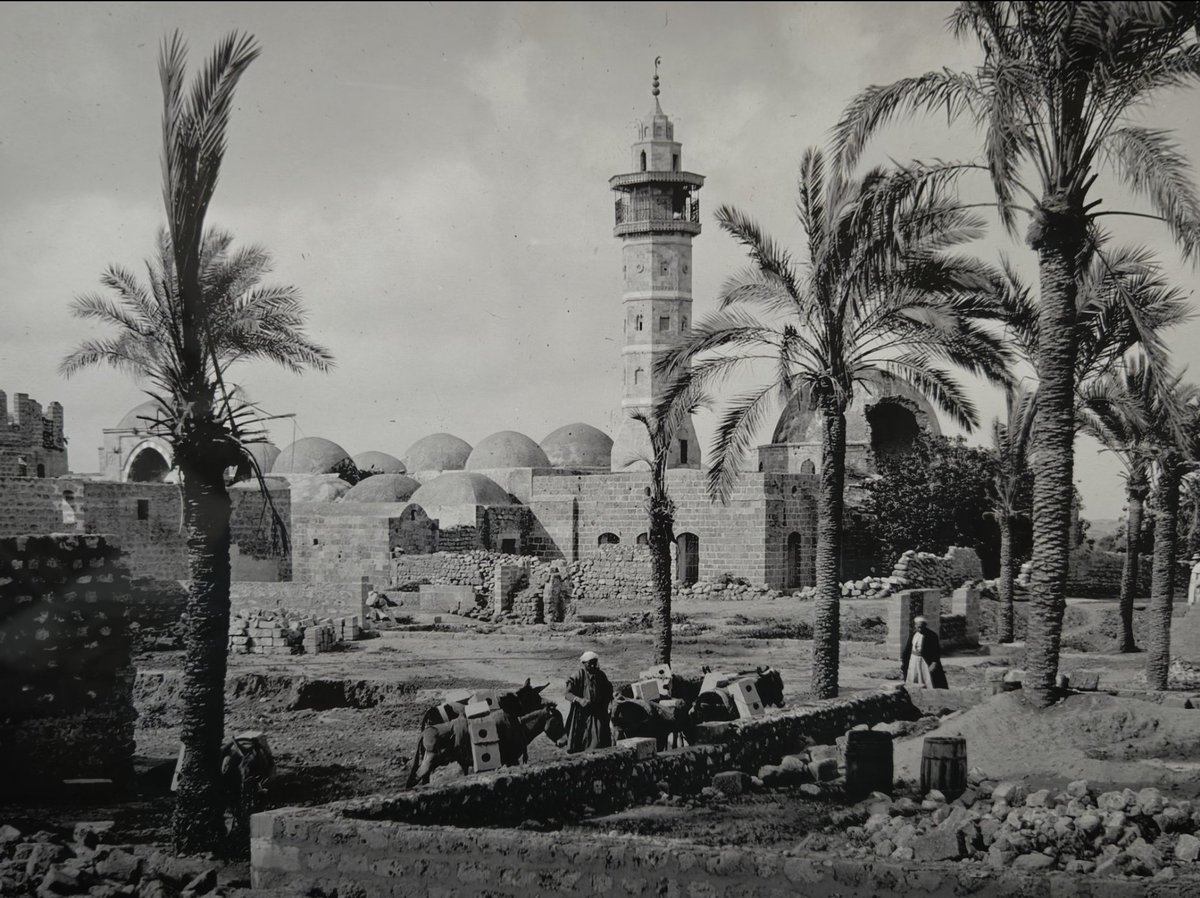Borobudur, begun around 825, is the quite simply the largest Buddhist temple in the world. It is decorated with around 500 statues of Lord Buddha, arranged in terraces of decreasing size, as if on the sacred slopes of Mount Meru. 

It was built possibly by the Sangramadha Nanjaya Sailendra dynasty of Mataram, Central Java, or maybe “charismatic religious leaders rather than kings.” For surprisingly there is no great temple or palace complex associated with it. 

The only inscription associated with Borobudur dates from 842 and is from a woman who gave land to sustain it. For all the mystery, this is the climax of the ninth century golden age of Java, when so many remarkable monuments were built here, both Hindu and Buddhist. 

Like many other monuments of this period Indic ideas have been taken and dramatic new forms created with and from them. 

Shaped in the form of a mandala, and topped with a Gandhara-style stupa, it seems to represent some Indic cosmological theory, possibly the Three Realms of Mahayana Buddhism; or the Six (or ten) Perfections. 

It also shows strong syncretic tendencies and contains a single image of Lord Shiva, complete with trishul and rudraksh. 

But perhaps it's principle pleasure are the four tiers of long galleries of ancient stories it contains: familiar tales from the Life of the Buddha, less familiar Jataka Tales and other much less known Buddhist texts notably the fairly recherche story of Prince Sudhana. 





The story of Prince Sudhana is told in a long programme of no less than 460 panels, taken from a text called The Gaṇḍavyūha, which itself forms a part of the a collection called the Avataṁsakasūtra. 

The Gandavyuha describes the journeys of the traveller Prince Sudhanq, who is inspired to take to the road, and the sea, by the Bodhisattva Mañjuśrī and whose life becomes a long succession of adventures. 

These different tales together painter a wonderful picture of ancient India and Javanese life, moving from court dramas in Royal palaces to animal fables and morality tales set in the ancient jungles. 





Wandering alone in these galleries its easy to lose track of centuries and to imagine yourself back in the ancient Buddhist world where this remarlable ancient gallery was first sculpted 





(With huge thanks to Culture Minister @hilmarfarid for kindly facilitating my visit at this difficult time, to the wonderful @janetdeneefe of @ubudwritersfest & @wildfrontiers for help, to the fabulous @Amanresorts for putting me up & amazing @SingaporeAir for the flights.)
• • •
Missing some Tweet in this thread? You can try to
force a refresh




























